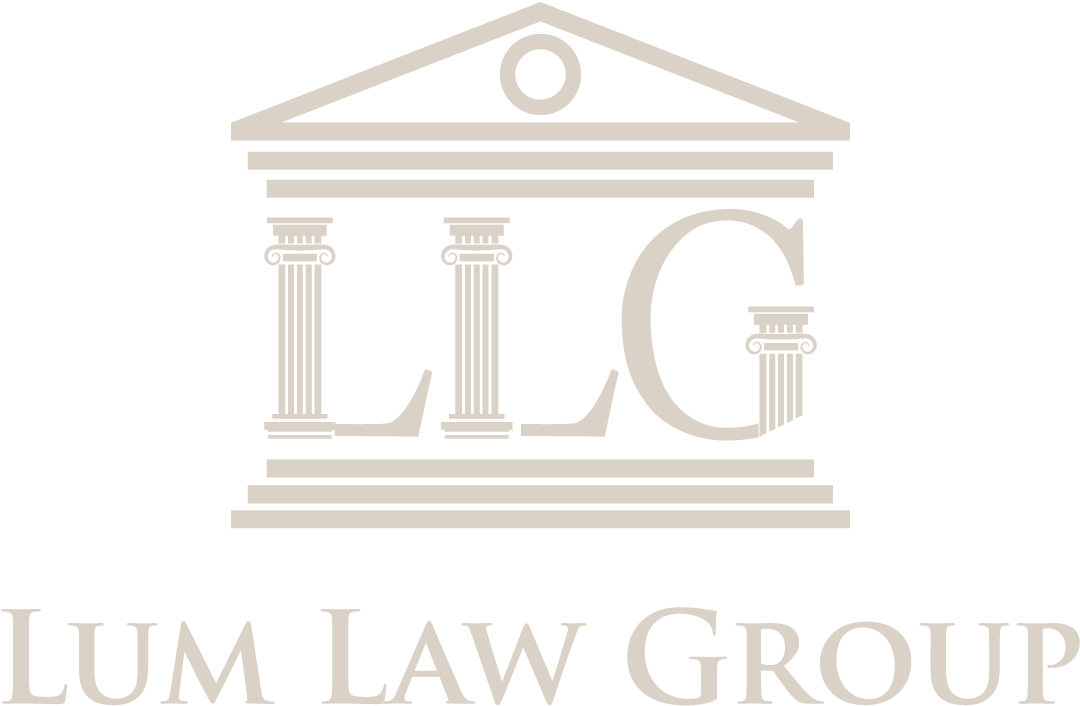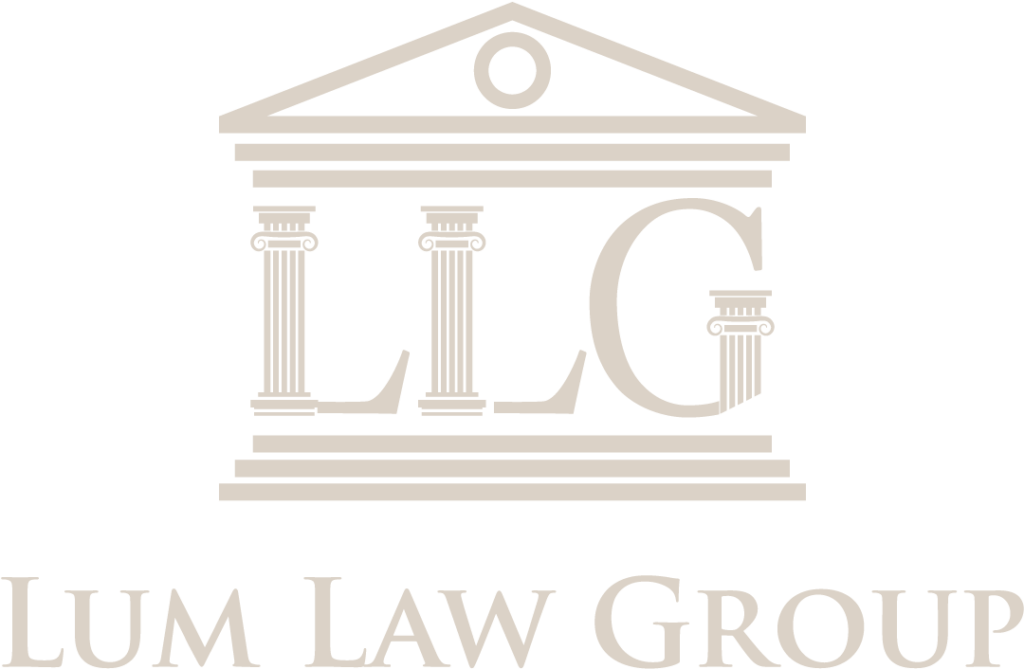3 Changes to the 2019 EB-5 Program You Need to Know
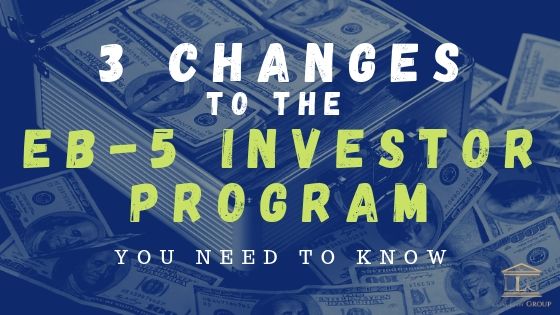
On July 23, 2019, the United States Citizenship and Immigration Services (USCIS) released the long-awaited update to the EB-5 investor program, the new EB-5 investor program modernization rules (“new rules”). The new rules will go into effect beginning November 21, 2019, if Congress extends the program past the current expiration date of September 30, 2019. […]
Is your EB-5 investment a scam?
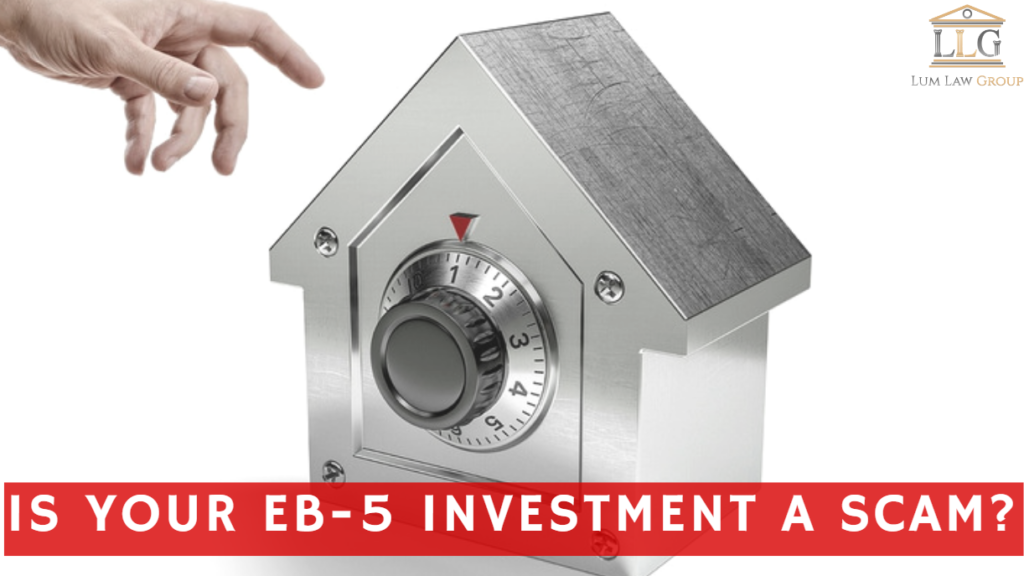
The U.S. EB-5 Immigrant Investment Program offers foreign investors and entrepreneurs permanent residence (a green card) in exchange for an investment of $1 million (or $500,000 for targeted employment areas) and job creation. Over the years, EB-5 investment has virtually guaranteed its investors citizenship, even if it cannot guarantee a return on its high-risk investment. […]
What is an EB-5 Regional Center?
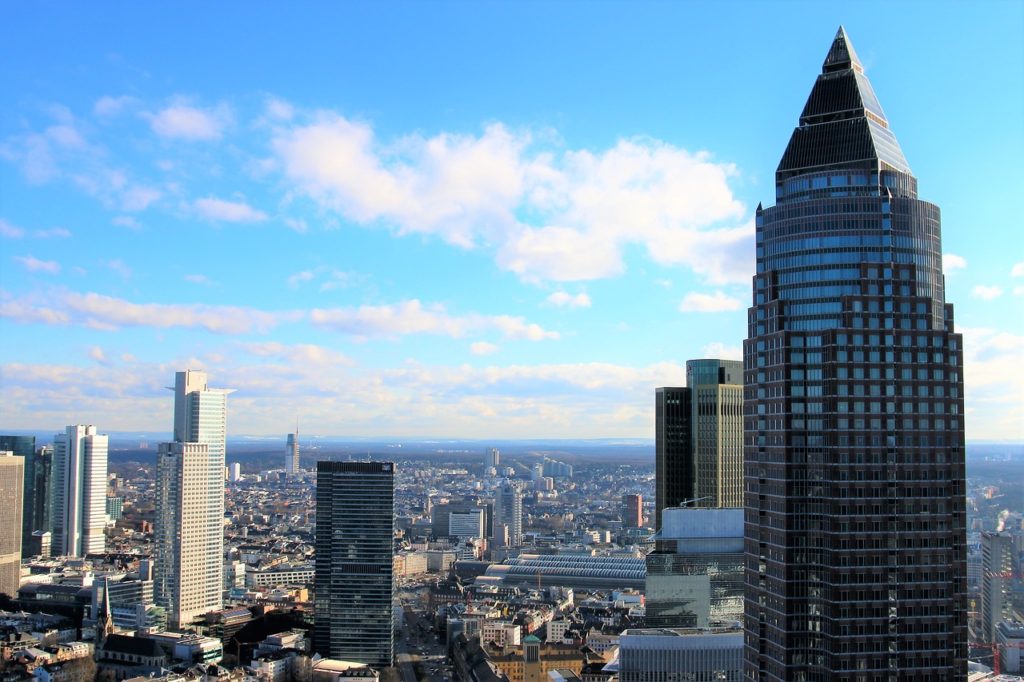
The difference between investing directly in an EB-5 project and investing through an EB-5 Regional Center comparable to buying individual stocks and buying a stake in a fund. An EB-5 Regional Center is an organization approved by U.S. Citizenship and Immigration Services that creates a fund and attracts investors to invest in the EB-5 project. Investors […]
